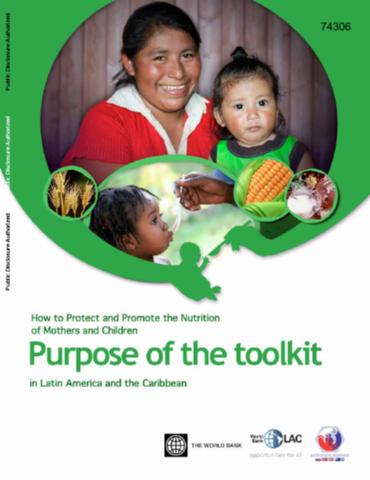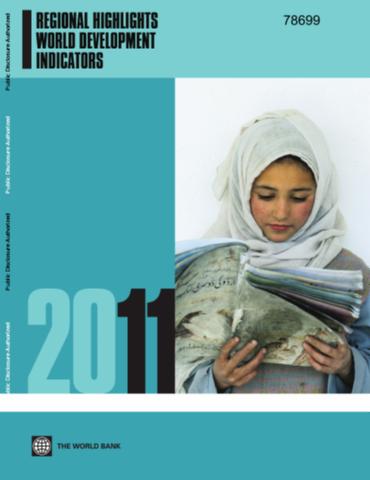systematic review of built environment factors related to physical activity and obesity risk: implications for smart growth urban planning
Smart growth is an approach to urban planning that provides a framework for making community development decisions. Despite its growing use, it is not known whether smart growth can impact physical activity. This review utilizes existing built environment research on factors that have been used in smart growth planning to determine whether they are associated with physical activity or body mass.







